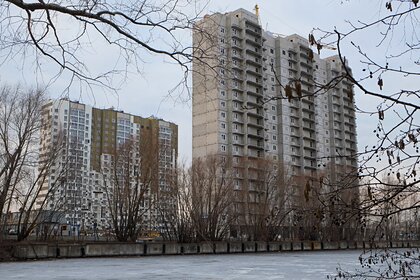Izvestia: construction of housing stopped in 43 Russian cities during the year 
In 43 Russian cities with a total population of 2.2 million people the construction of apartment buildings decreased to zero compared to the fall of 2020. Fyodor Vylomov, General Director of the Rating Agency for the Construction Complex (RASK), told Izvestia about this.
The expert noted that a similar situation is observed, including in fairly large cities with a population of more than 100 thousand people, such as Murmansk, Orsk, Bratsk, Syzran, Solikamsk and Tchaikovsky, in which housing construction has stopped since October 2019. As the reasons for this problem, Vylomov named the discrepancy between the capabilities of buyers and the desires of developers, climatic and territorial features, problems with project financing for launching new projects, the cyclical nature of the industry, as well as the lack of free land.
According to Alexander Ruchiev, President of the Osnova GC, the most common reason for the absence of new buildings in cities is low effective demand. At the same time, he noted that when a building site ends within a city, it goes beyond the borders. He cited Vidnoe near Moscow as an example.
However, as noted by the president of the National Association of Builders, Anton Glushkov, since 2019, the volume of current construction of apartment buildings has decreased by 20 million square meters. According to him, it is primarily associated with the introduction of project financing using escrow accounts, which are mandatory for all companies.
Vylomov stressed that the volume of housing construction in Russia for one and a half years does not exceed 100 million square meters. meters. At the same time, there is a national goal, according to which, by 2030, the annual commissioning should reach 120 million “squares.” the price of a small apartment. In addition, large penthouses in luxury houses have a good investment attractiveness. The main increase in prices accounted for up to 50 percent of home readiness, and after that the increase is no longer so significant.